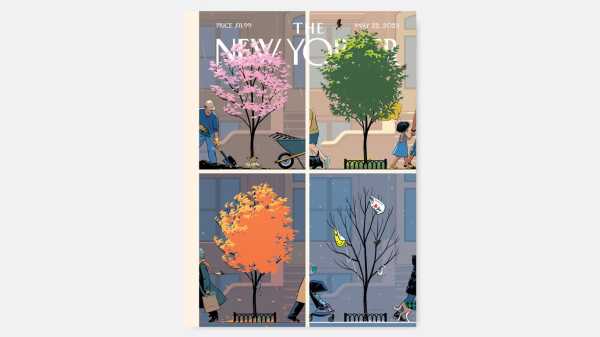
We tend to think of New York for its signature buildings, bridges, and monuments—or for its throngs of people—and inadvertently ignore the role played by the trees and parks that make the big city hospitable. In his cover for the May 22, 2023, issue, the artist R. Kikuo Johnson portrays the cycle of the seasons that, acknowledged or not, modulates New Yorkers’ emotional lives. I talked to the artist about developing an appreciation for the subdued shades of winter, and about the importance of mourning change in order to make way for a fresh mind-set.
Was there a specific inspiration for this image?
Part of the inspiration is about the punchline—the plastic bags that end up in city trees. There’s a painter’s drop cloth that has been stuck high in a tree on my block in Bed-Stuy for the past year. I ignored it for months, mentally filing it with the rest of the litter on the street. But, over time, the colorful splatters of paint on the olive-green fabric began to look intentional. Now, every time I step out of my building, I look up to check how the canvas is hung. As the spring foliage fills in, our Jackson Pollock is slowly becoming an Andy Goldsworthy.
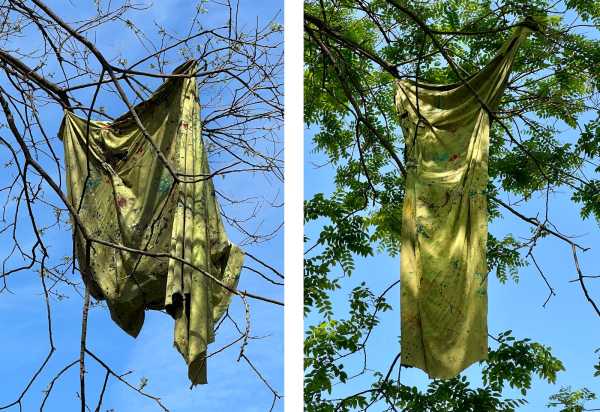
You grew up in lush, tropical Hawaii. Are you now acclimated to the changing seasons of the more temperate East Coast climate?
I had never seen trees lose their leaves in the winter until I left my home in Hawaii and moved to Providence, Rhode Island, for college. At the end of fall semester, I took a city bus to a state park to experience nature in New England for the first time. I was unprepared for how dead everything looked. The sky, the bare forest, and the frozen ground seemed unnaturally gray. Over the next four years, my eyes gradually acclimated, and while walking to campus I began to notice combinations of subtle beiges, tans, and maroons that only appeared during the winter months. I fell in love with the East Coast, and, after college, I moved to Brooklyn, where I still live most of the year. When a friend of mine from Hawaii visited New York for the first time, I took her to Prospect Park on a freakishly warm day in March. It was too early for spring blooms, but all of my favorite subtle winter hues were on display. I was enjoying a beautiful walk in the woods when my friend asked, “Why are all the trees dead?”
Changing seasons are often a chance to look back. Do you feel more reflective or introspective at certain times of the year?
It may sound like a cliché, but I feel most introspective before my birthday, in March. About ten years ago, my birthday turned into a full-on sob fest. It came out of nowhere—I wasn’t depressed or unhappy with my life, and yet I found myself streaming with tears and snot. Once I had cleaned up, the whole episode seemed like the pinnacle of entitlement. How could I feel anything but gratitude for another year of life? I swore I’d never cry on my birthday again and managed to keep that promise for a good stretch. When it came time to toast to my fortieth year, however, despite feeling great about my relationships, health, and work, I wept into my champagne.
A college classmate of mine recently died, and a friend of ours reached out to me. He had been struggling with the loss, but he assured me that mourning is the first step to welcoming change. He told me that on his birthday, he takes time to mourn the previous year before celebrating. I hope to give his approach a try next March, preferably before the champagne is popped.
You were recently awarded a 2023 Whiting Award for Fiction. What has that experience been like?
Many years ago, I had given up on any possibility that the kind of comics that I make would produce any rewards beyond the simple pleasures of writing and drawing. When the Whiting Foundation called, I was completely blindsided. It was overwhelming to learn that great writers were closely reading my comics and deemed them worthy of the prize. I choked up through the entire phone call with both a sense of validation and a fear of new expectations. I can remember when it was unthinkable for comics to receive this kind of recognition, and I am deeply indebted to the generations of great cartoonists who paved the way.
For more covers celebrating the seasons, see below:
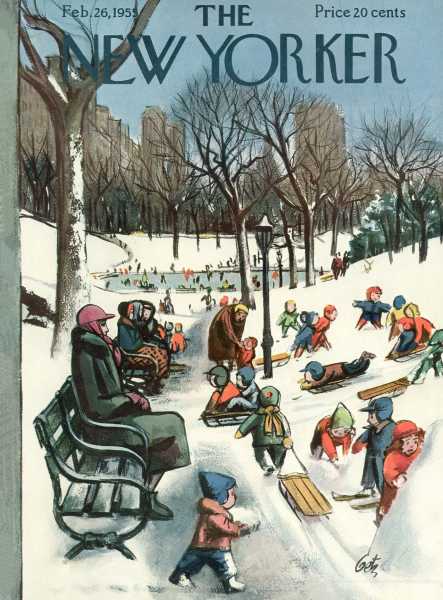
“February 26, 1955,” by Arthur Getz
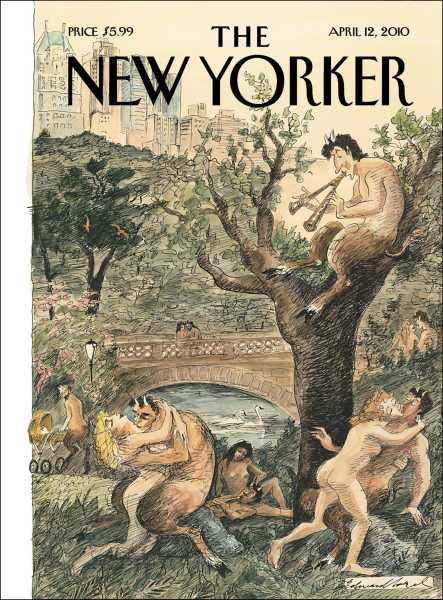
“Spring Has Sprung,” by Edward Sorel
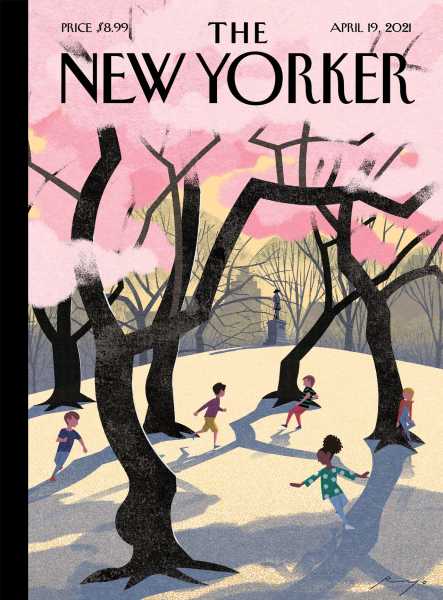
“Cherry-Blossom Gift," by Ryo Takemasa
Find R. Kikuo Johnson’s covers, cartoons, and more at the Condé Nast Store.
Sourse: newyorker.com






